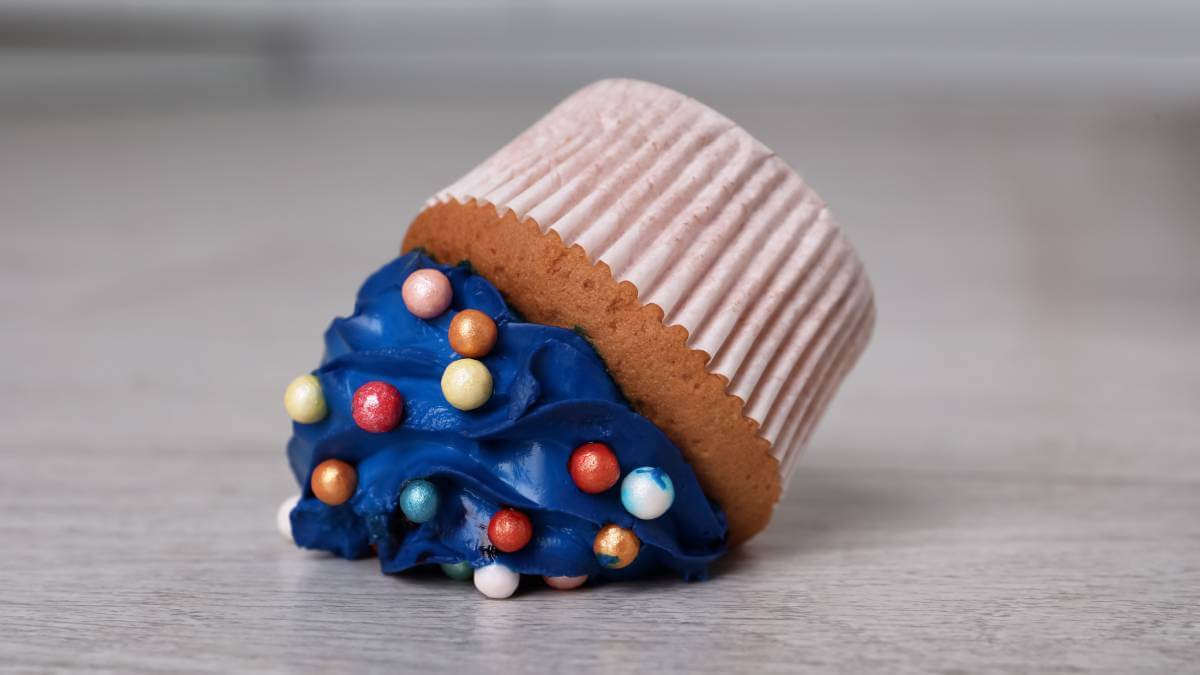We’ve all dropped a piece of food on the floor and considered picking it up to eat instead of throwing it away, but how safe is it?
You’ve probably heard of the ‘five-second rule’, where people believe (or hope) that if dropped food sits on the floor for less than five seconds it’s safe to eat.
I suppose people like to think that if you snatch the food up quickly enough, the microorganisms from the surface it landed on won’t have time to transfer. But is that the truth?
“Well, I actually don’t like to tell people what to do,” said Don Schaffner, extension specialist and distinguished professor in the department of food science at Rutgers University. “I like to tell people about the science and let them make their own decision. Certainly, if you drop something on the ground, it may contact germs, and if you eat those germs, they may make you sick.”
Depends on variables
Many people believe it depends on several variables, including the type of food, type of floor and what that surface is potentially contaminated with.
It makes sense that sticky food will attract more germs than dry food, and a tiled floor is probably cleaner than carpet, right?
While very few studies exist on this topic, two public research studies have tested the five-second rule. What they discovered may surprise you.
The research
The first research study was completed by Jillian Clarke in 2003 at the University of Illinois.
Dr Meredith Agle, who supervised the study, told WebMD: “Jillian swabbed the floors around the university in the lab, hall, dormitory, and cafeteria to see how many organisms we could isolate. We examined the swabs, and there were very few microorganisms. That surprised me. I told her to do it again.”
The results were the same. “I think the floors were so clean, from a microbiological point of view, because floors are dry, and most pathogens such as salmonella, listeria, or E. coli can’t survive without moisture.”
To control the study, biscuits and gummy bears were placed on both rough and smooth sterile tiles covered with measured amounts of E. coli. “We did see a transfer of germs before five seconds,” confirmed Dr Agle.
Ms Clarke also conducted a survey that found 70 per cent of women and 56 per cent of men said they were familiar with the rule, but women were more likely to invoke it. The respondents admitted they were also more likely to eat dropped biscuits and lollies more often than dropped broccoli and cauliflower.
Safe window
In 2016, research from Rutgers University disproved the notion that there’s a ‘safe’ window of time to eat dropped food.
The study found that moisture, type of surface and contact time all contribute to cross-contamination and, in some instances, the transfer begins in less than one second.
“The popular notion of the ‘five-second rule’ is that food dropped on the floor, but picked up quickly, is safe to eat because bacteria need time to transfer,” said Prof. Schaffner, who conducted research with Robyn Miranda, a graduate student in his laboratory at the School of Environmental and Biological Sciences, Rutgers University-New Brunswick.
“We decided to look into this because the practice is so widespread. The topic might appear ‘light’ but we wanted our results backed by solid science.”
Four surfaces were tested – stainless steel, ceramic tile, wood and carpet, and four different foods (watermelon, bread, bread and butter, and gummy candy).
Contact times
They also looked at four different contact times:
- less than one second
- five seconds
- 30 seconds
- 300 seconds.
Not surprisingly, watermelon had the most contamination and gummy candy the least. “Transfer of bacteria from surfaces to food appears to be affected most by moisture,” said Prof. Schaffner. “Bacteria don’t have legs, they move with the moisture, and the wetter the food, the higher the risk of transfer. Also, longer food contact times usually result in the transfer of more bacteria from each surface to food.”
Perhaps unexpectedly, carpet had very low transfer rates compared with those of tile and stainless steel, whereas the transfer from wood was more variable. “The topography of the surface and food seem to play an important role in bacterial transfer,” said Prof. Schaffner.
So, while a longer contact time did result in more bacterial transfer – the five-second rule is a huge oversimplification of what is actually happening when bacteria transfer from a surface to food.
Bacteria can contaminate instantaneously. They’re not waiting around.
In addition, foodborne illnesses can have varying onset, ranging from 24 hours to a week. So, if the food you picked up and ate last Wednesday was responsible for sidelining you over the weekend, you probably wouldn’t even associate the two events.
Who should be the most careful?
If you’re a healthy adult, you may be okay when following the five-second rule. However, some people, including young children, older adults, pregnant women, and people with compromised immune systems who have a higher risk of developing complications from eating food off the floor.
If you’re ever in doubt about what to do, most experts agree that the safest thing is to err on the side of caution. If you’re not sure whether it’s safe to eat something that’s fallen on the floor, just throw it out.
Do you believe in the five-second rule? Has this article changed your mind? Share your thoughts in the comments section below.

